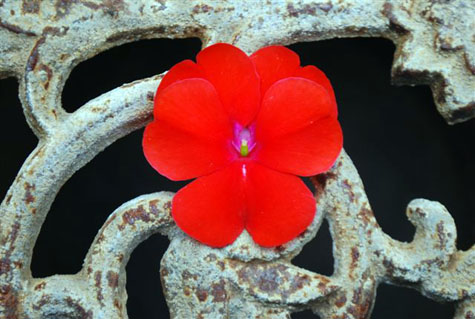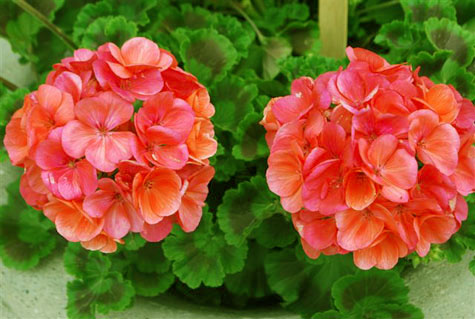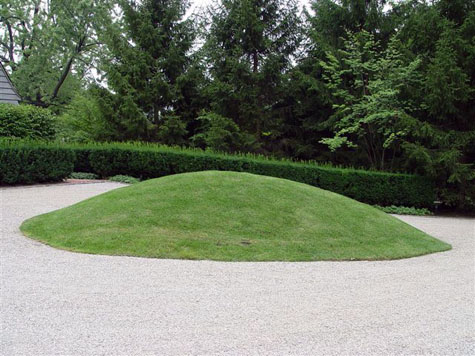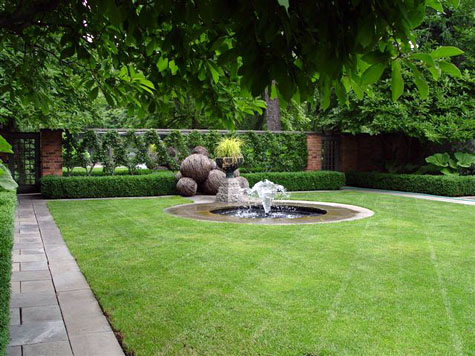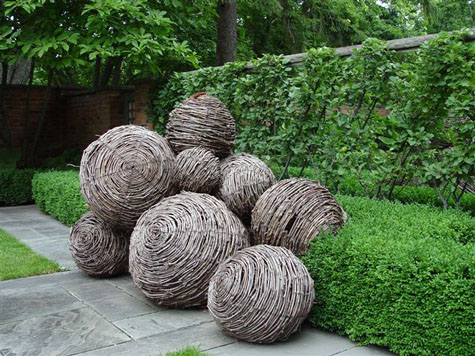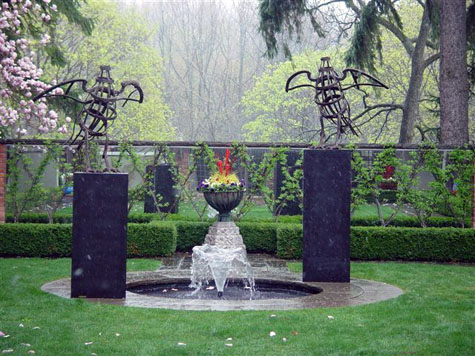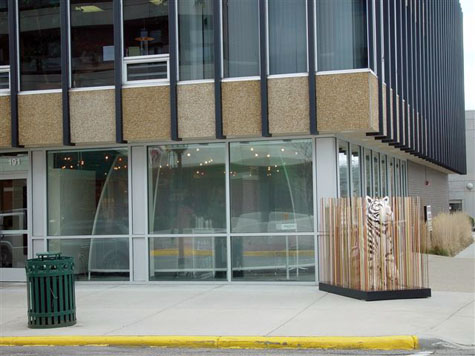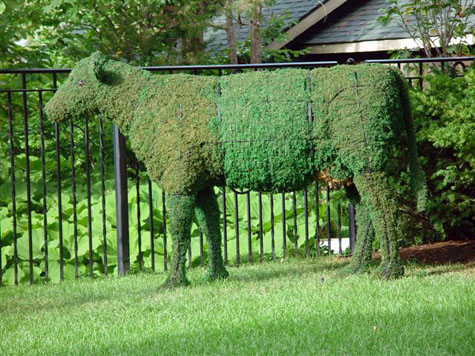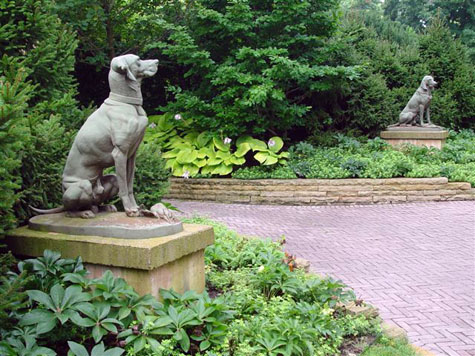I am a fan of British gardening publications. Gardens Illustrated, published by the BBC, is my favorite. Edited by Juliet Roberts, I am in possession of all 149 issues that have been published since 1993. In addition to their special features (the May issue of course previews the Chelsea show), they cover plants, people, places, design and events. The photography is superb. Its range of coverage is quite good; for the plant person this month, a discussion of Umbellifers-plants that bloom in umbels. There is an excellent presentation of the color blue in gardens. An article about a visit to Drift End in Suffolk entitled “Dream Landscape”, absorbs my interest, and delights my eye. This magazine, more than any other I read, is a gardener’s gardening magazine. Focused on plants, garden history, people, and contemporary gardens, and everything in between, I not only read it-but I save the issues, and re-read. The June issue, available May 28, is their 150th issue celebration, focusing on cottage gardens-don’t miss it. www.gardensillustrated.com.
The British Country Living is not a gardening magazine per se-its a “lifestyle magazine” that manages not to digress into discussions of chic trends and what’s cool. It has a genuine feeling. It is simply and sturdily enthusiastic about country living. They celebrate what’s made, raised and grown in the British Isles. When I finish an issue, I am ready to fork it all over, move to the country, raise lavender, make cheese, and tend Jacob’s four-horned sheep; I am convinced this world is a good one. The cover of the June issue is a marvelous study in pink roses-“A Rosy Outlook” they call it. On deck, inside-honey and bread-making for beginners, and making the most of fish. I am the furthest thing possible from a cook, but I read with great interest the story of the fishing industry of Cardigan Bay in Wales (well, ok, I do have Cardigan Welsh Corgis)-down to the recipe for rollmopped herrings and mackerel. I am convinced beyond a doubt this dish would taste great-seasoned with the history of these fisheries. This magazine is so well done-you will be transported. www.allaboutyou.com
Some days, Sundays in particular, I like being transported for just a little while, to another place, or another time. These magazines are just the thing for this weary June gardener.
